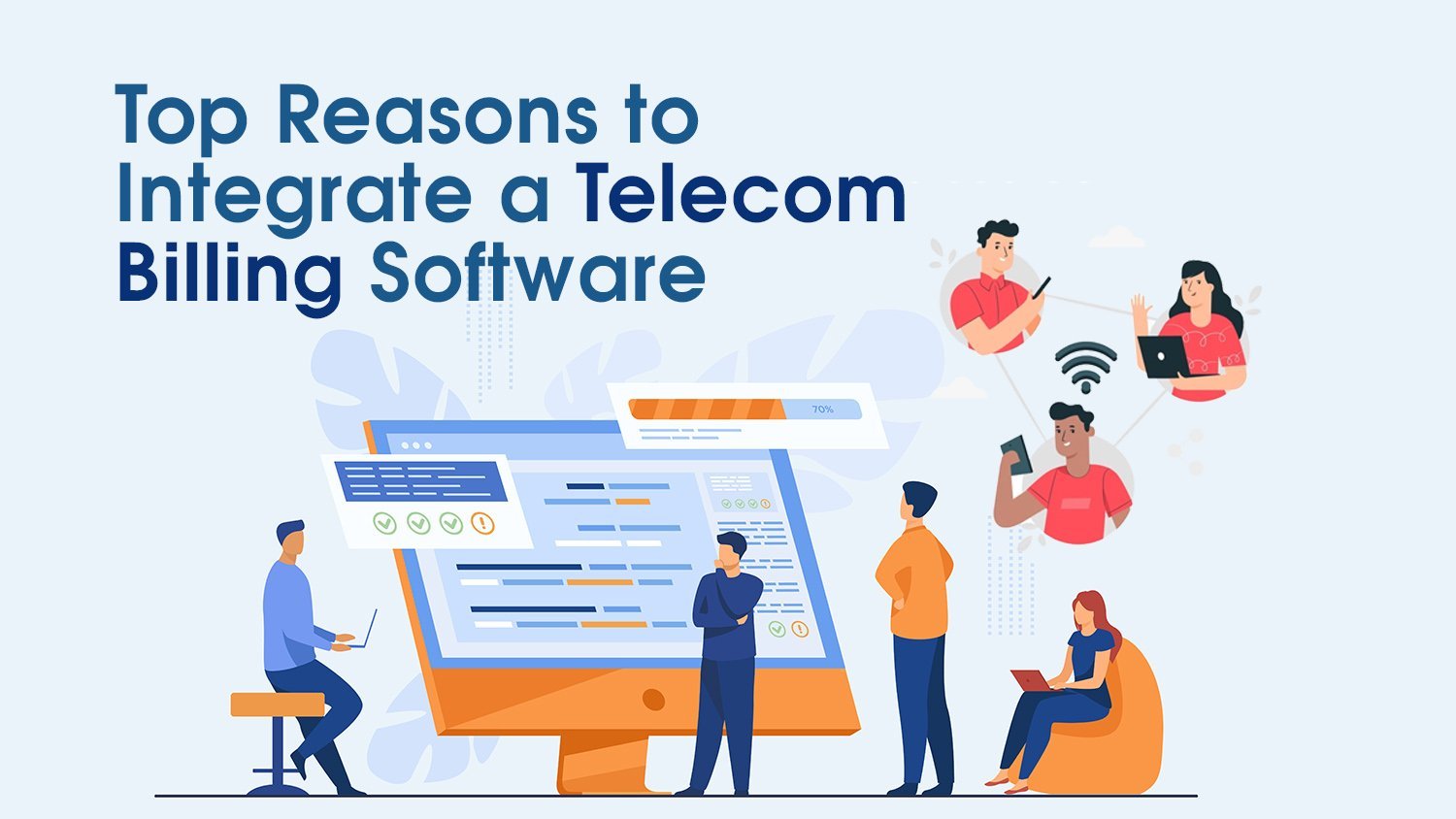Top Reasons to Integrate a Telecom Billing System
One of the main concerns of telecom companies is billing customers accurately. To build, grow, and maintain a large customer base as a telecom provider, billing for services must be accurately done with a telecom billing system.
Many factors go into accurately billing a user. The customer must be charged using the appropriate billing method - prepaid, postpaid, or convergent methods. Any taxes, debts, and other payments should also be taken care of.
When your business is working with thousands of customers who may also have multiple telecom accounts, the number of processes to monitor and charge go into the millions. You will then have to hire hundreds of staff workers to do that for you, or incorporate a telecom billing software that will easily automate all of the processes.
In a nutshell, a telecom billing system is software that gathers users' data and charges them appropriately for services used. A telecom billing solution creates CDRs for every usage by a customer account, records the data, charges the customer, and generates invoices as required.
Here are the top 5 ways that a billing system will save your telecom business time and money.
Billing in Real-Time
A telecom billing system uses an Online Charging System (OCS) to bill users in real-time. Every time a call is placed, text is sent, or data connectivity is turned on, the telecom billing software creates a Call Detail Record (CDR). The software uses the CDR to measure usage and charge the customer.
If the billing method is prepaid, the telecom software debits the user's credited telecom account. But if the method is postpaid, the software simply adds that CDR to records already held for the customer. Later on, the software generates and sends the invoice. Depending on the plan, a telecom billing software generates invoices every 30, 45, 60, or 90 days.
Automating Back-End Processes
Apart from charging customers on the go for services used, a telecom billing solution helps to automate the back-end processes of telecom businesses. This greatly reduces the workload for the staff.
Some of these back-end processes include adding new customers, removing old customers, generating invoices for postpaid clients, collecting debts, implementing discounts, and so on.
A telecom business cannot rely on the staff to go through the large database, working on all these processes. A telecom billing software automates the process and saves time and money for the company.
Wholesale billing and reconciliation
Apart from charging users, a telecom billing system can be integrated to monitor all transactions with a supplier. The telecom billing solution automates the process of sending payments to suppliers and creating records for those transactions.
Generating Reports
The use of telecom billing software automates the process of generating a detailed report of customer and company transactions. With the aid of software, it is super easy to generate reports for any time interval of your choice.
Billing Service Provisions
If a customer makes a one-off purchase, or orders some hardware fix, a telecom billing software automatically generates the bill and charges the customer. It can take into account taxes, VAT, and so on.
Telecom Billing systems are irreplaceable assets for telecom companies. Feel free to contact us to learn how Telgoo5 will easily integrate with your business and CRM, to save you time and money.

